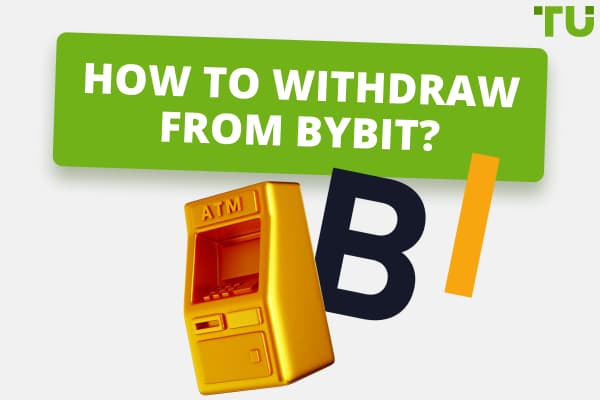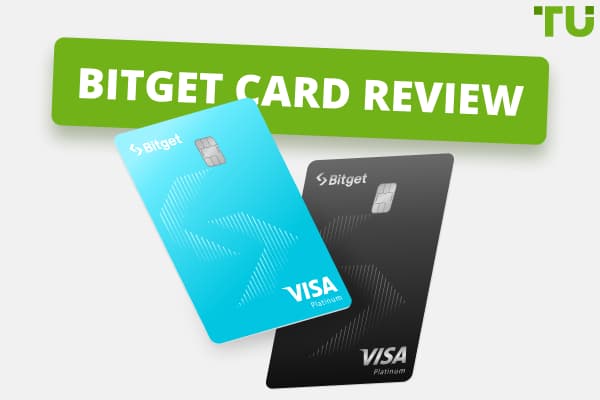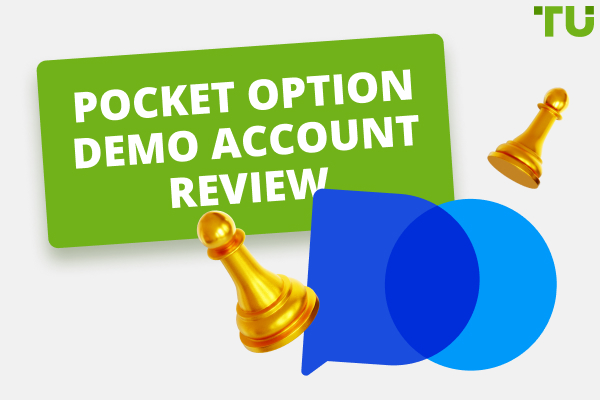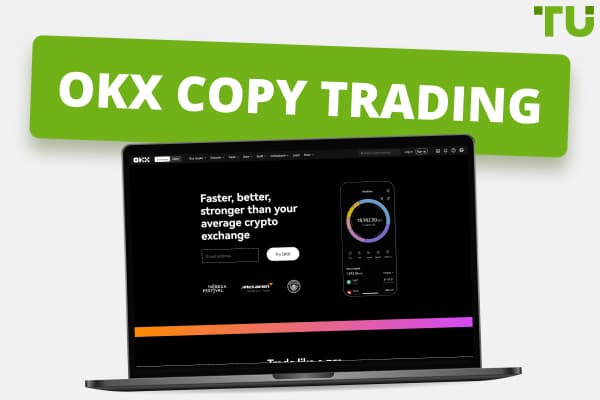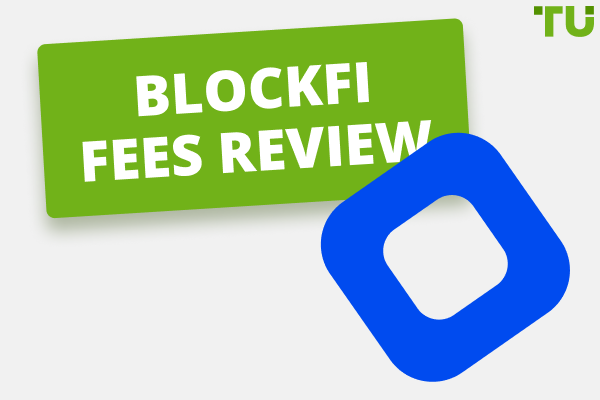
Coinbase Fees Review - How Can I Reduce Trading Costs?
Coinbase fees are among the most sky-high fees in the crypto industry. For example, Coinbase charges you a flat fee of 2.49% of your total transaction.
Coinbase also charges this fee when you borrow from a Coinbase affiliate and narrow USD. Yet, Coinbase must sell your BTC collateral to charge you the 249% Coinbase fees.
Coinbase charges you a 2.49% Coinbase transaction fee on all your purchases ATM withdrawals inclusive. So, if you’re a vibrant investor in Coinbase, you’ll realize you’ll spend a lot on servicing the Coinbase fees.
Gemini vs Coinbase - Which Crypto Exchange Is Better?But what’s Coinbase fee structure? We explore Coinbase fees in-depth in this article. We also review the strategies you can use to reduce your Coinbase fees, so keep reading.
Coinbase Fees
Coinbase charges several Coinbase fees. For example, Coinbase fees include spread or margin fees. You pay the margin/spread fees as an addition to your Coinbase Pro exchange rate.
This fee can go up to 2.00%. The Coinbase fee, on the other hand, refers to either a variable of the flat fee you pay based on the payment method you use. Your region, the percentage of transactions, and the product you’re transacting also influence your Coinbase fees.
Here’s a summary of the Coinbase Flat fees
| Trade size | Coinbase fees |
|---|---|
$10 or less |
$0.99 |
$10 to $25 |
$1.49 |
$25 to $50 |
$1.99 |
$50 to $200 |
$2.99 |
Coinbase also charges different fees depending on the withdrawal method you use. for example;
| Payment Mode | Coinbase Fees |
|---|---|
USD Wallet |
1.49% |
Bank Account |
1.49% |
Debit/Credit card |
3.99% |
ACH Transfer |
Free |
Wire Transfer |
$10 incoming, $25 outgoing |
Coinbase vs. Coinbase Pro fees – How do They Compare
Coinbase has an FDIC insurance of up to $250,000 on USD deposits. And both Coinbase Pro and Coinbase allow you to trade, sell and buy over 150 cryptocurrencies.
You can use dollars to buy coin fractions. And for Coinbase, you must place a minimum of $2 orders. Coinbase Pro has no limit on your dollar requirement. But, your order shouldn’t be less than 0.01 BCH, 0.01 ETH, 0.001 BTC, or 0.1 LTC.
Coinbase charges you a flat fee of 2.49% per transaction. However, this amount varies with market fluctuations. Based on the account you use, Coinbase will charge you additional fees.
Kraken vs Coinbase - Which Crypto Exchange Is Better?The Coinbase wallet also costs you 0.50% on each conversion on the Coinbase platform. On the other hand, Coinbase Pro uses a maker-taker fee structure to determine its trading fees.
So, on Coinbase Pro, orders that take liquidity, otherwise known as taker orders, cost a different Coinbase fee compared to Maker orders. Additionally, Coinbase Pro recalculates your Coinbase Pro tier fee based on your whole trade volume.
Coinbase Trading Fees Explained
Coinbase has different trading fees, NFTs, Derivatives, and other asset fees. Explore the common Coinbase trading fees below:
Coinbase Crypto Trading Fees
Coinbase charges you trading fees when purchasing a cryptocurrency using the platform. Coinbase also charges you a trading fee when converting one crypto into another.
Again, the base rate fee varies with the payment mode you use to purchase the cryptocurrency. For instance, you can pay up to 3.99% using a debit card. Below is a breakdown of the trading fees based on the payment mode.
| Purchase Payment Mode | Conversion Fee |
|---|---|
Debit Card |
3.99% |
Coinbase USD Wallet |
1.49% |
US Bank Account |
1.49% |
Coinbase Assets (NFts, Derivatives)
Coinbase has an NFT platform. It allows you to purchase, showcase, mint, and discover different NFTs. Again, all Coinbase NFTs are on-chain.
They include ERC-721 and ERC-1155. Coinbase also offers derivatives. But, you must purchase Ethereum then use it to purchase Globe Derivatives at Coinbase.
And, you must have a self-custody wallet to buy the Coinbase derivatives.
Coinbase Vs Coinbase Pro Trading Fees
Below is a summary of Coinbase and Coinbase Pro trading fees. Each offers a different amount of fee, based on the transaction types.
| Type of Fee | Coinbase | Coinbase Pro |
|---|---|---|
Buy/Sell with Bank Account |
1.49% |
0%-0.50% |
Buy/Sell with Coinbase Wallet |
1.49% |
0%-0.50% |
Buy/Sell with Credit/Debit Card |
3.99% |
N/A |
Wire Transfer |
$10 ($25 outgoing) |
$10 ($25 outgoing) |
Exchange Crypto |
Spread fees about 0.50% |
0%-0.50% |
ACH |
Free |
Free |
Purchases |
0% to 0.50% |
0% to 0.50% |
Trades |
$0.50 |
$0 to $0.50 |
Coinbase Non-Trading Fees
Deposit Fees
You can purchase a cryptocurrency directly. Buying crypto directly is more expensive. Or, you can deposit funds to your Coinbase account before purchasing crypto.
You can use a wire transfer or an ACH transfer. For an ACH transfer fee, it’s free. Yet, you can pay $10 or $25 outgoing for a wire transfer.
Buying and Selling
Anytime you sell or buy a digital currency using Coinbase, Coinbase charges you a spread fee of 0.50%. This amount will increase your base rate fees, as shown in the table above.
Although, the Coinbase spread fee may vary based on market fluctuations.
Cryptocurrency Conversions
Coinbase charges you a spread fee of up to 2.00% when converting one crypto to another. And, Coinbase can choose to add a margin to the spread based on its Coinbase Pro exchange rates.
Gemini vs Coinbase - Which Crypto Exchange Is Better?Again, if your crypto conversions start or end with a USD, Coinbase managers assume you’re buying or selling crypto. Hence, they’ll charge you a spread fee and a Coinbase fee.
Minute Transaction Fees
Coinbase doesn’t charge you variable fees for transactions worth $200 or less. Yet, this only applies if you transact through a linked bank account or your USD crypto wallet.
But, above a $200 transaction, Coinbase charges you a varying transaction fee of 1.49%. Here’s a summary of Coinbase transaction fees based on the amount you spend.
| Selling/Buying | Coinbase Fees |
|---|---|
x < $10.99 |
$0.99 |
$10 < x < $25 |
$1.49 |
$25 < x < $50 |
$1.99 |
$50 < x < $200 |
$2.99 |
Withdrawal Fees
Coinbase withdrawal charges vary depending on the crypto type and traffic.
Coinbase requires you to set a buying/selling limit weekly. And, if you have linked your credit card to Coinbase, you can buy crypto worth up to $1000 weekly.
Likewise, if you’re a verified US dweller with valid credit and debit cards, you can transact up to $50,000. And Coinbase can expand your transaction limits based on how long you’ve used the platform.
Yet, spending limits are lower for credit cards and higher for ACH transfers.
Coinbase vs Coinbase Pro – Non-trading Fees Comparison
Coinbase and Coinbase Pro have different fee structures. Coinbase is more complex and expensive. Yet, Coinbase Pro is cheaper and uses a maker-taker model.
Again, Coinbase charges you a higher amount on either the variable or flat rate fee. The charges differ with the payment method you use to transact.
Conversely, Coinbase Pro uses tiers. Hence, you transact more dollars at significant costs. For example, transactions worth $100,000 to $1million will cost 0.10% maker fee or 0.20% taker fee.
Transactions costing $50,000 to $100,000 will cost you a 0.15% maker fee or a 0.25% taker fee. Below is a summary of Coinbase and Coinbase Pro Non-trading fees.
| Non-trading Fees | Coinbase | Coinbase Pro |
|---|---|---|
Coinbase fee |
$0.99 to $2.99 based on the amount |
0.04% to 0.50% taker fee, 0% to 0.50% maker fee |
Crypto conversion |
0.50% to 2% |
0.50% to 2% |
Instant Card Withdrawal |
Up to 1.5% |
N/A |
Coinbase Interest Rates
Coinbase gives you a 5.0% Annual Percentage Rate. Also, Coinbase gives you a 4.50% APR on Ethereum and a 4.0% APY on Algorand.
Cosmos earns you a 5.0% APY, while Tezos errands you a 4.63% APY on Coinbase. Likewise, Dai and USD coins earn you a 2.0% APY and 0.15% APY on Coinbase, respectively.
How to Reduce Coinbase Trading Costs?
The easiest way to reduce your Coinbase trading fees is to leverage the differences between Coinbase Pro and Coinbase. For instance, you can do more taker orders as the Coinbase management charges between 0.04% and 0.50%.
Binance vs Coinbase - Which Crypto Exchange Is Better?Maker orders are also a good option. Maker orders also have lower fees of between 0.0% and 0.50%. Choose Partial orders when convenient.
Use Coinbase Pro
Coinbase Pro is much cheaper than Coinbase. Besides, for Coinbase Pro, you pay transaction fees based on your volumes. For example, if your transaction costs less than $10,000, you’ll pay a maker fee of 0.50% or a taker fee of 0.50%.
And for transactions worth $10,000 to $50,000, you’ll pay a maker fee of 0.35% and a taker fee of 0.35%. Transacting $50,000 to $100.000 will cost you a taker fee of 0.25% or a maker fee of 0.15%.
Again, a $100,000 to $1000,000 transaction on Coinbase Pro will cost you a 0.20% taker fee or a 0.10% maker fee. And transactions worth $1M to $10M will cost you a taker fee of 0.18% or 0.08% maker fee.
Likewise, transactions worth $10M to $50M can cost you a taker fee of 0.15% or 0.05% maker fee. For $50M to 100M transactions, you could pay a taker fee of 0.10% or a maker fee of 0.00%.
Also, a $100M to 300M will cost you a taker fee of 0.07% or a maker fee of 0.00%. And, $300M to 500M will cost you a 0.05% taker fee or a 0.00% maker fee.
Finally, $500M and above will cost you a taker fee of 0.04% and a maker fee of 0.00% maker fee.
To put it into perspective:
Assume you buy $2000 bitcoin on Coinbase. Coinbase would charge you 1.49% of your amount. Or it could charge you $29.36.
But using Coinbase Pro, you can complete the purchase at $10 and save a third of the money you’d have lost on Coinbase. And even if you opt to buy your bitcoin via a debit card on Coinbase, it would still be expensive.
You’d pay 3.99%, raising your total fee to $76.74 just for transacting $2,000.
Traders Union Rebate and Discount Programs
Coinbase uses a margin or spread to set its cryptocurrency exchange rates. Coinbase also compares the market exchange rate before setting its margin or spread.
And Coinbase exchange can also involve a stand-alone commission in addition to the spread. The addition can either be a fixed percentage or amount of your transaction.
And you can get back part of your spread by registering on the crypto exchange. Yet, you can only register through a Traders Union Website to get back part of your Coinbase spread.
Afterward, you should register with Coinbase through the Union’s affiliate link to get a portion of your spread. Coinbase Rebates can help you reduce the Coinbase fees you incur.
Rebates are Coinbase’s potential marketing tool to attract more clients. Besides, Coinbase can retrieve the payback from profits.
Top 5 Coinbase Reviews
-

Comment
The platform's fees are notably high compared to other exchanges, eating into profits and making trading less attractive. Additionally, Coinbase's customer support can be slow and unresponsive. Overall, while Coinbase may be popular, its high fees, sluggish customer support, and limited coin offerings make it less than ideal for many traders.
-

Comment
Coinbase does not withdraw money from the account!!! After 3 years of working with them, my account suddenly became suspicious ... The other day I tried to withdraw money and was refused! Support began to communicate terribly uncivilized, I don’t even know what to think....
-

Comment
Reviews about Coinbase, in my opinion, speak for themselves. I have no confidence in these companies!
-

Comment
The company does not comply with its own regulations! Promises one thing, does another. So you can't trade. You have to trust the company, and I can't do that.
-

Comment
To begin with, Coinbase specializes in cryptocurrency trading only, so if you need other tools, Coinbase is definitely not your option. There is no demo account either, but with a $2 minimum deposit, this is forgivable. Moreover, several payment systems have been proposed for depositing funds, so there will definitely not be any problems. Education… Let's just say that I already know what is in Coinbase, as I have been trading for more than 5 years. But it will be useful for beginners. I consider Coinbase as a broker where you can learn how to trade, and then choose a broker according to your requirements. I’m talking about “learning to trade” literally: there are no investment offers in Coinbase. Only active cryptocurrency trading.
FAQs About Coinbase Fees
Does Coinbase have a flat fee per transaction?
Yes, Coinbase has a flat fee of 2.49% per transaction.
Why are Coinbase fees high?
Coinbase offers you a streamlined trading platform that you may not find elsewhere. To manage these high standards, Coinbase charges you high Conibase fees to make a profit while facilitating your seamless trading.
Why does Coinbase charge Coinbase fees?
Coinbase charges you Coinbase fees to facilitate your trading. You pay Coinbase fees for the convenience of trading without involving an actual exchange.
Which one should I choose, Coinbase or Coinbase Pro?
You can use both Coinbase and Coinbase Pro. As a neophyte, use Coinbase, and once you’re familiar with the trading rules, you can graduate to using Coinbase Pro.
Team that worked on the article
Andrey Mastykin is an experienced author, editor, and content strategist who has been with Traders Union since 2020. As an editor, he is meticulous about fact-checking and ensuring the accuracy of all information published on the Traders Union platform. Andrey focuses on educating readers about the potential rewards and risks involved in trading financial markets.
He firmly believes that passive investing is a more suitable strategy for most individuals. Andrey's conservative approach and focus on risk management resonate with many readers, making him a trusted source of financial information.
Dr. BJ Johnson is a PhD in English Language and an editor with over 15 years of experience. He earned his degree in English Language in the U.S and the UK. In 2020, Dr. Johnson joined the Traders Union team. Since then, he has created over 100 exclusive articles and edited over 300 articles of other authors.
The topics he covers include trading signals, cryptocurrencies, Forex brokers, stock brokers, expert advisors, binary options. He has also worked on the ratings of brokers and many other materials.
Dr. BJ Johnson’s motto: It always seems impossible until it’s done. You can do it.
Mirjan Hipolito is a journalist and news editor at Traders Union. She is an expert crypto writer with five years of experience in the financial markets. Her specialties are daily market news, price predictions, and Initial Coin Offerings (ICO). Mirjan is a cryptocurrency and stock trader. This deep understanding of the finance sector allows her to create informative and engaging content that helps readers easily navigate the complexities of the crypto world.

